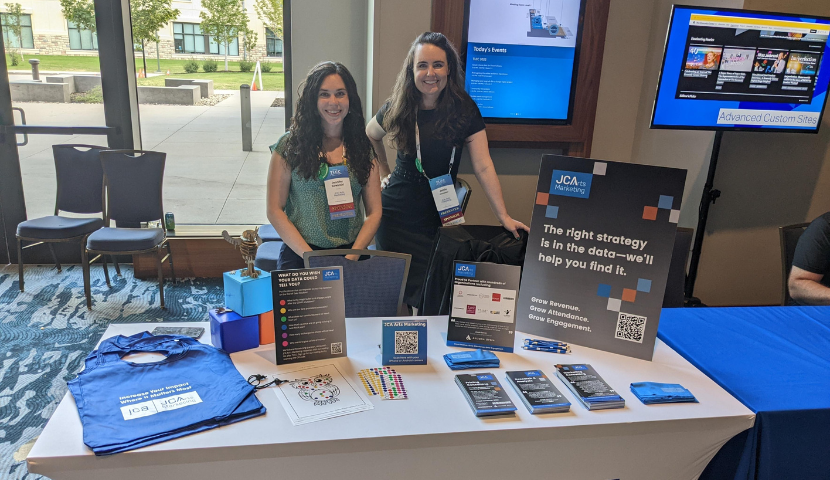TLCC Activity Recap: “What does our community want (or need) from us?”

Jamie Alexander
Director, Strategy & Insights
The most popular answer to the question “What do you wish your data could tell you?”
If you stopped by our table at TLCC (Tessitura Learning Community Conference) you might have seen our Owl of Data Wisdom and voted on your answer to the question “What do you wish your data could tell you?” The most popular answer was “What does our community want (or need) from us?” We love this focus, especially during trying times in our country.
Of course, there are many things that your patron database can tell you about what your patrons want. Looking at overall trends in audience behavior—such as what types of programming patrons frequent and how often—can tell you a lot. But database analysis often only looks at those who have attended your programming in the past. What about the rest of your community?
Primary research can be extremely useful in learning what your community wants from your organization. But it starts with doing the internal work of defining who is your “community”. Is it a geographical area? Lovers of your art form? Intellectually curious individuals? People of a certain age range? Defining your community is the first step in understanding them.
The type of primary research that is extremely useful for using data and statistics to understand the values of your community, and what they want from you, is Conjoint Analysis. Conjoint Analysis is an advanced statistical technique that allows you to predict consumer behavior. It’s a survey-based analysis which uses decision modeling to understand what aspects of the experience people most value, and what motivates them to act. By pairing decision modeling with other attitudinal questions in the survey, you can arrive at wholistic segments which define the values, attitudes, and even predict behaviors of your community members.
If you’re curious about how to understand what your community wants or needs from you—let’s talk. Together, we can discover the key to connecting your art with the needs and desires of your community.

